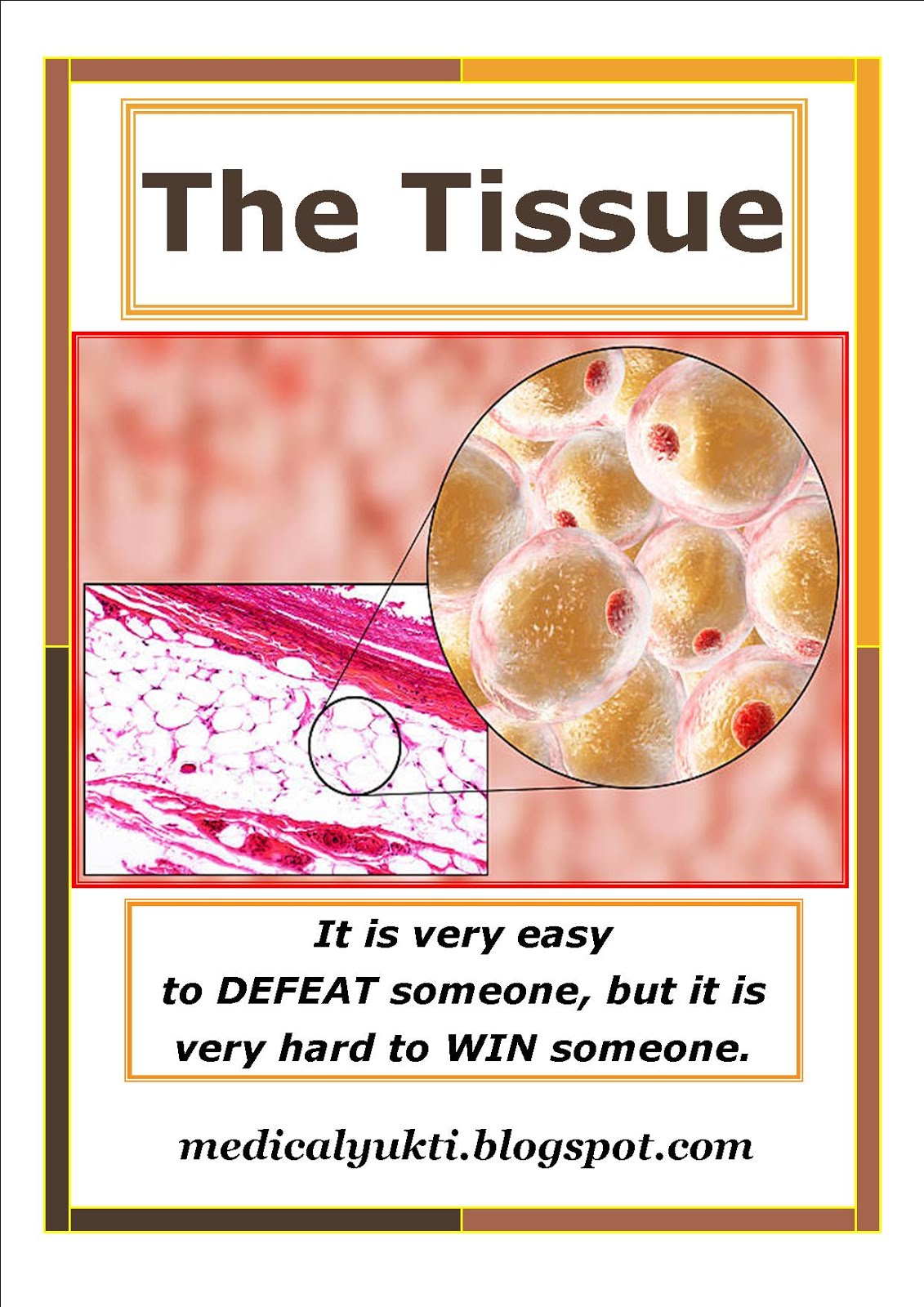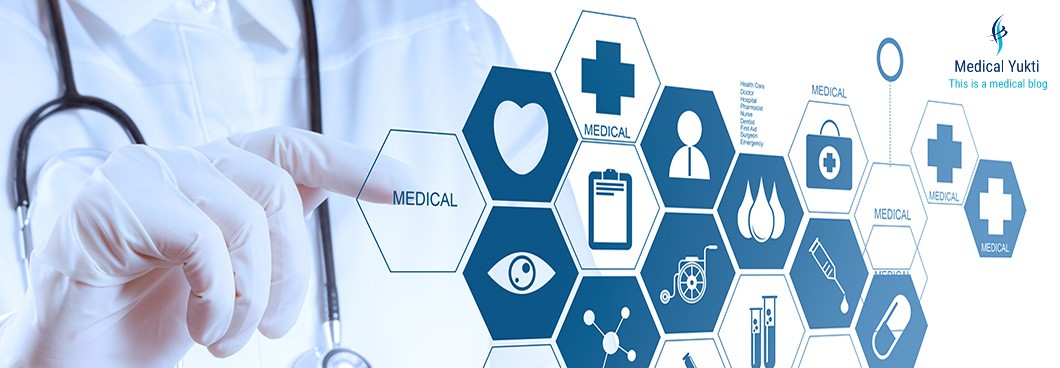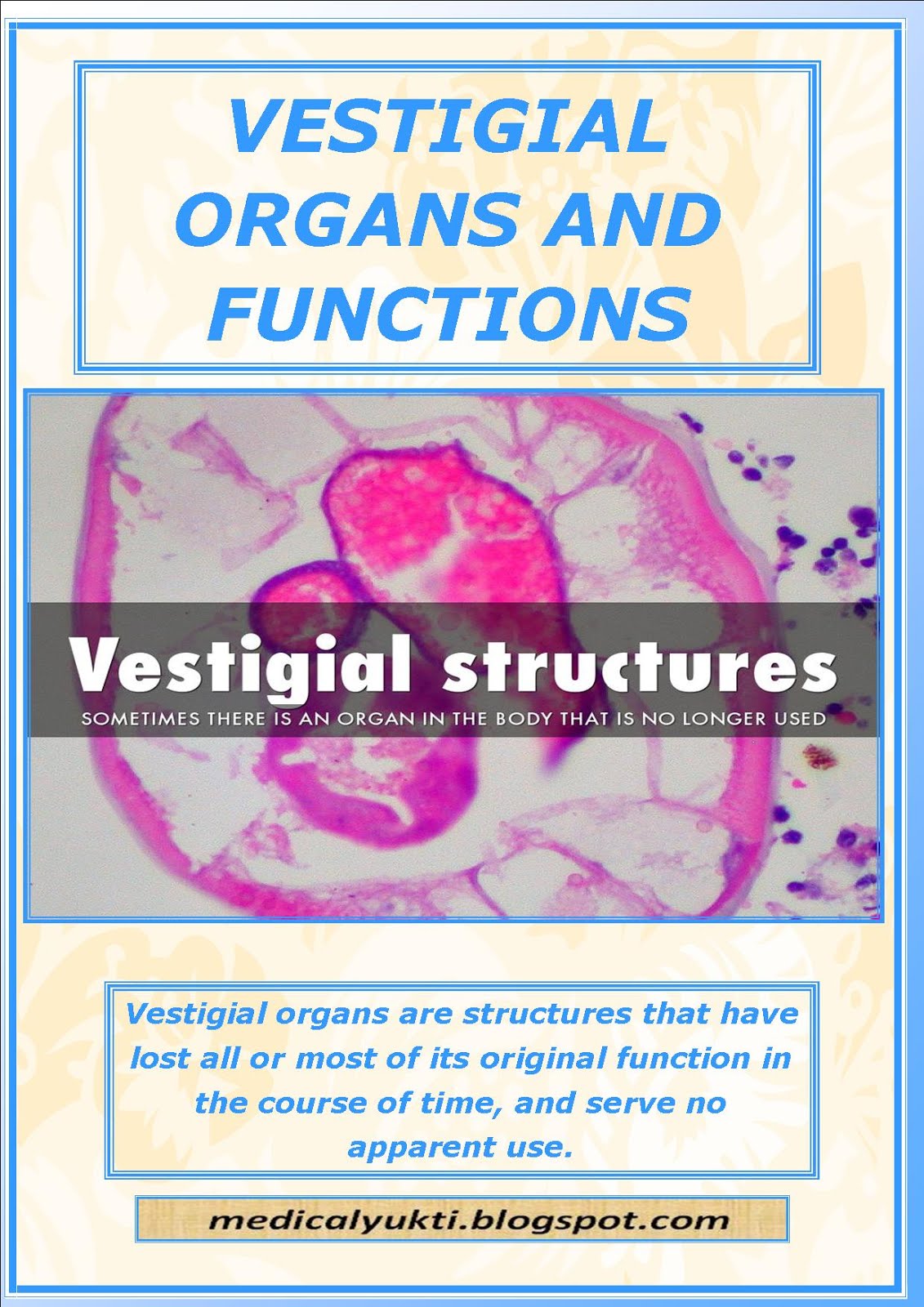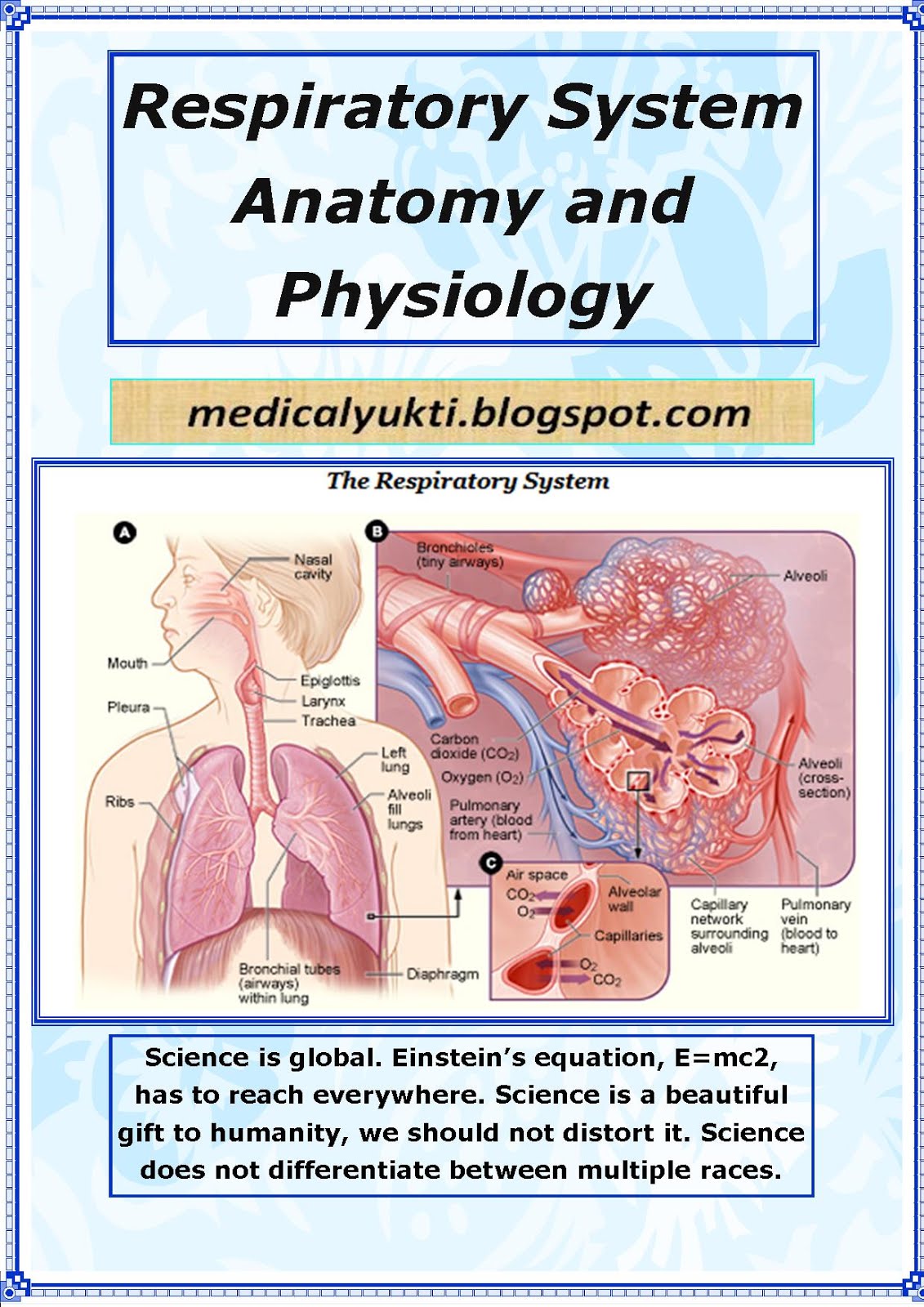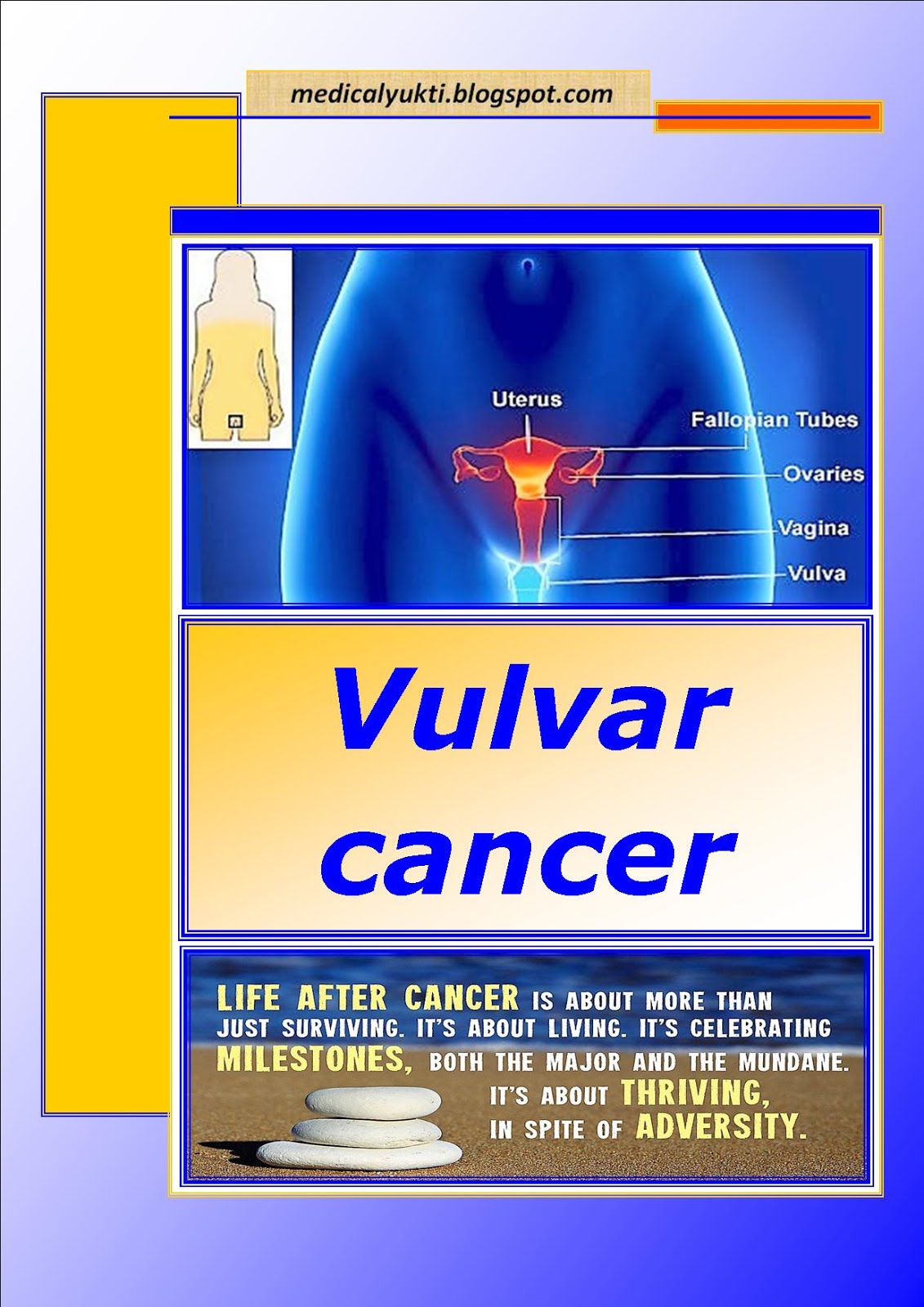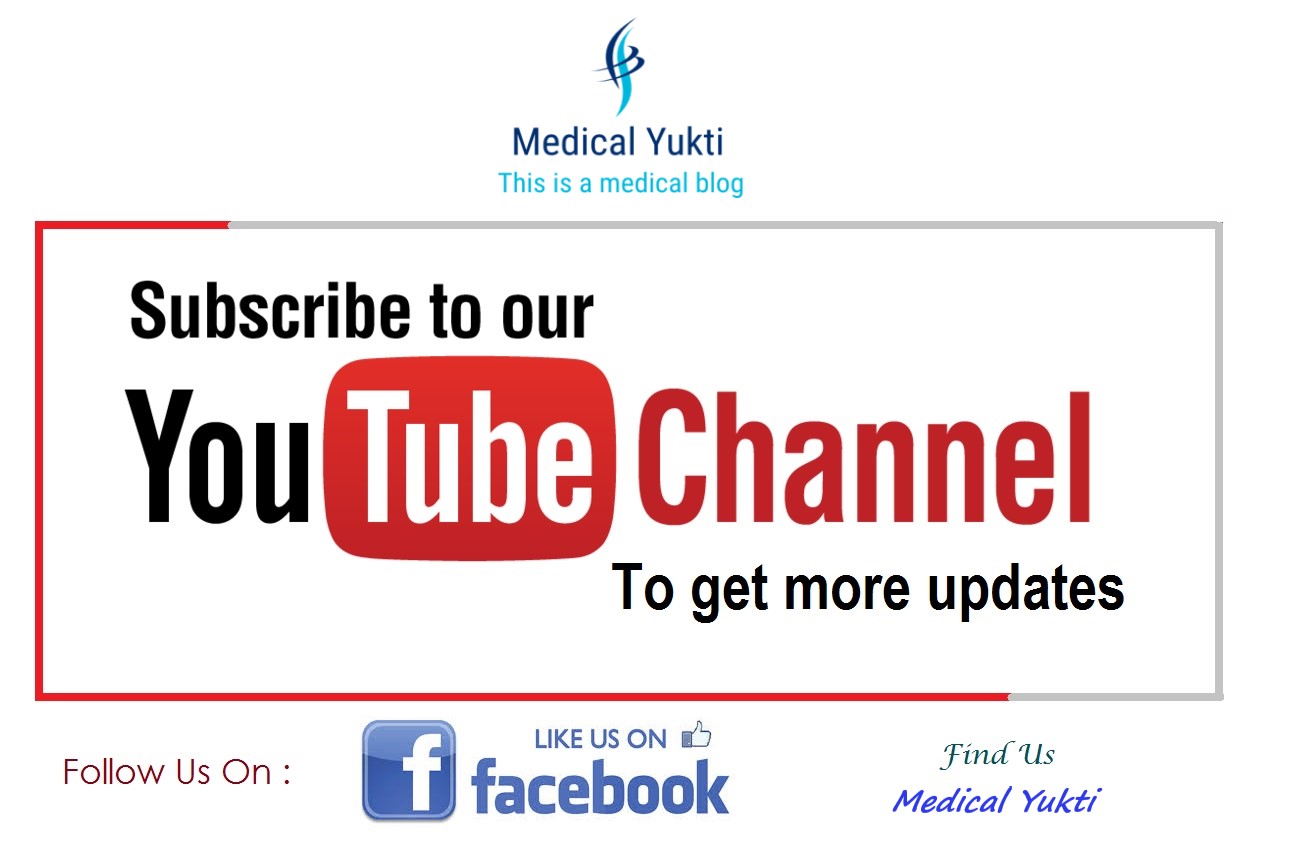Medical Terminology: A Short Course, 7th Edition omits time-consuming, nonessential information and helps you build a working medical vocabulary of the most frequently encountered prefixes, suffixes, and word roots. Medical terms are introduced in the context of human anatomy and physiology to help you understand exactly what they mean, and case studies, vignettes, and activities demonstrate how they're used in practice. With all this plus medical animations, word games, and flash cards on the Evolve companion website, you'll be amazed at how easily medical terminology becomes part of your vocabulary.
- Self-teaching text/workbook approach reinforces learning every step of the way with labeling diagrams, pronunciation tests, and review sheets throughout the book.
- Clear, non-technical explanations demystify medical terminology even if you've had little or no background in science or biology.
- Picture Show activities, practical case studies, and vignettes demonstrate real-life applications of medical terms in describing describe pathology and procedures.
- Full-color images illustrate anatomical and pathological terms.
- Principal Diagnosis feature shows how medical terms are used in clinical practice by asking you to read physician notes about a case and determine the patient’s principal diagnosis.
- First Person narratives help you understand diseases and conditions from the patient’s perspective.
- Spotlight feature identifies and clarifies potentially confusing terminology.
- Medical Terminology Check Up at the end of each chapter reinforces your understanding of key concepts.
- Labeled illustrations in the Spanish glossary present Spanish terms for major anatomical structures.
- A tablet-optimized Evolve companion website includes word games, learning exercises, audio pronunciations, animations, an anatomy coloring book, electronic flash cards, and more.





































